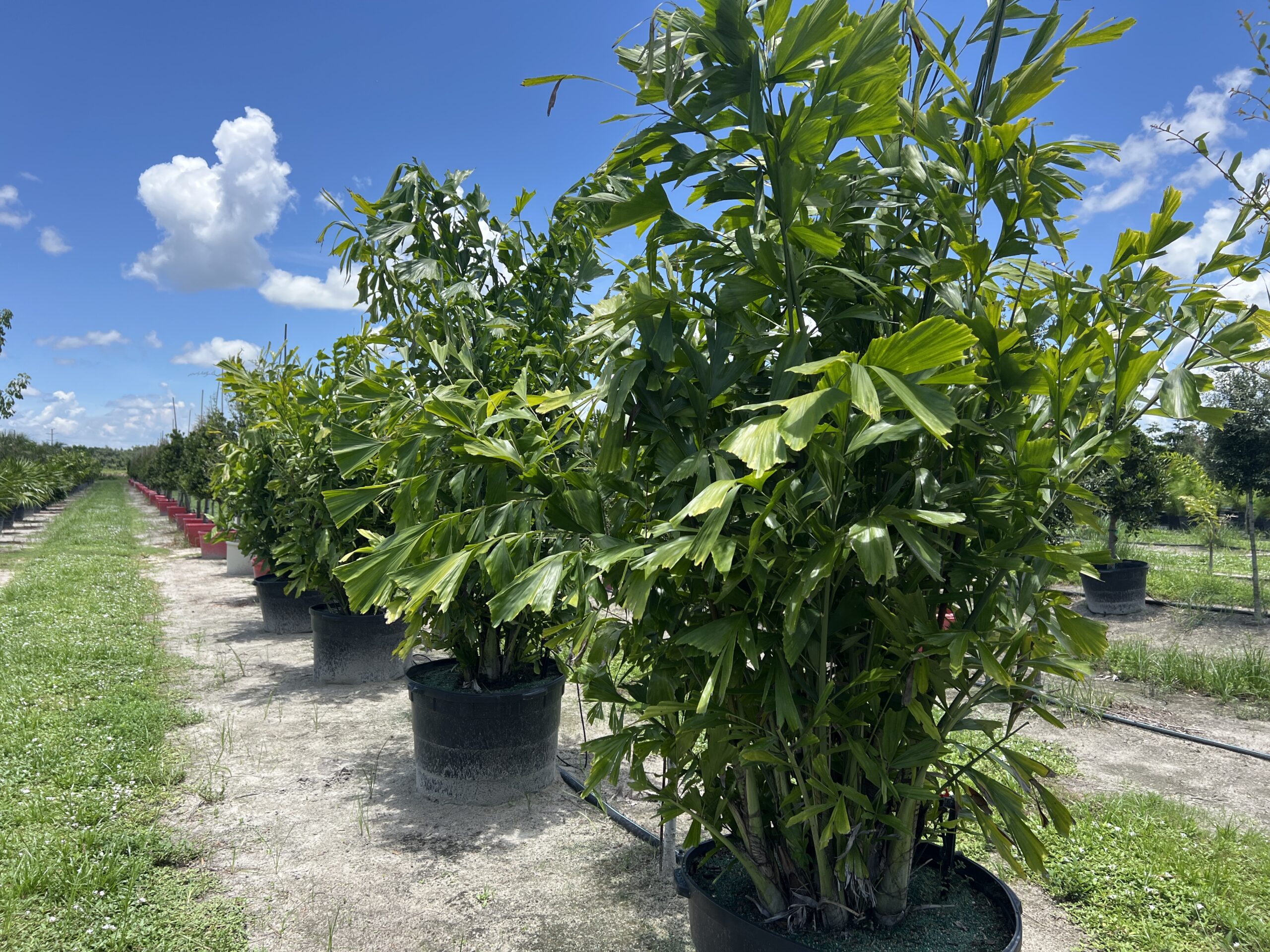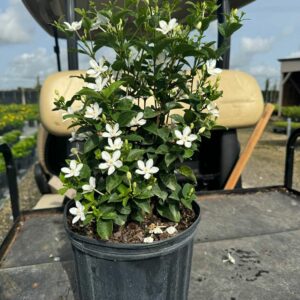Fish Tail Palm
The Fish Tail Palm (Caryota) is a striking palm species native to Southeast Asia and India, characterized by its dark green foliage with leaflets resembling fish tails. Thriving in tropical and subtropical climates, it can grow to impressive heights, often exceeding 20 feet. This palm prefers consistently moist, well-draining soil and partial shade to full sun. Regular watering, fertilization, and pruning to remove dead fronds are key aspects of its care. Typically grown in USDA hardiness zones 10 through 11, it adds a tropical touch to landscapes and gardens in suitable climates.
$1,810.90
Related products
-
All Products
Asian Snow Jasmine
$24.90 This product has multiple variants. The options may be chosen on the product page -
All Products
Blue Daze
$8.75 – $15.31 This product has multiple variants. The options may be chosen on the product page
Color: The Fish Tail Palm’s foliage is typically dark green, with leaflets resembling the tail of a fish, hence its name.
Climate: Native to Southeast Asia and India, the Fish Tail Palm thrives in tropical and subtropical climates. It prefers warm temperatures and high humidity.
Size: Depending on the species and growing conditions, Fish Tail Palms can reach impressive heights, often exceeding 20 feet (6 meters) or more. They typically have a spread of 10 to 15 feet (3 to 4.5 meters).
Care:
Watering: Fish Tail Palms prefer consistently moist but well-draining soil. Water deeply and allow the soil to dry out slightly between waterings.
Light: These palms prefer partial shade to full sun. While they can tolerate some shade, too much shade can lead to leggy growth.
Soil: Plant in rich, well-draining soil with plenty of organic matter. Provide a layer of mulch to help retain moisture.
Fertilization: Feed with a balanced fertilizer formulated for palms during the growing season. Follow package instructions for application rates.
Pruning: Prune dead or damaged fronds as needed to maintain a tidy appearance. Be cautious when pruning, as the fronds can have sharp edges.
Hardiness Zone: Fish Tail Palms are typically grown in USDA hardiness zones 10 through 11. They are not frost-tolerant and should be protected from freezing temperatures.
With their unique foliage and tropical appearance, Fish Tail Palms make stunning focal points in landscapes and gardens in suitable climates. Proper care, including regular watering and fertilization, ensures healthy growth and a thriving palm tree.
| Size | 25 Gallon, 45 Gallon, 3 Gallon, 7 Gallon, 15 Gallon |
|---|



